That's a cement block style, wirewound power resistor, sometimes called a square carbon power resistor. They look like this when new:

The one in your circuit board has been mounted upside-down from usual, so you can see the guts of it through the opening slot in the bottom, but that's no big deal.
Like all resistors, this component contains no fluid, so the material that has bubbled was added later. It looks very much like the amber conformal coating material that was popular for that vintage of PCB. It has probably been over-applied and ended up on the power resistor. Naturally it will bubble and discolour when heated. Apart from the odour and aesthetic factors, this is not in itself an electrical issue.
So I'd say with some confidence that there is very little concern about on-going chemical reactions.



